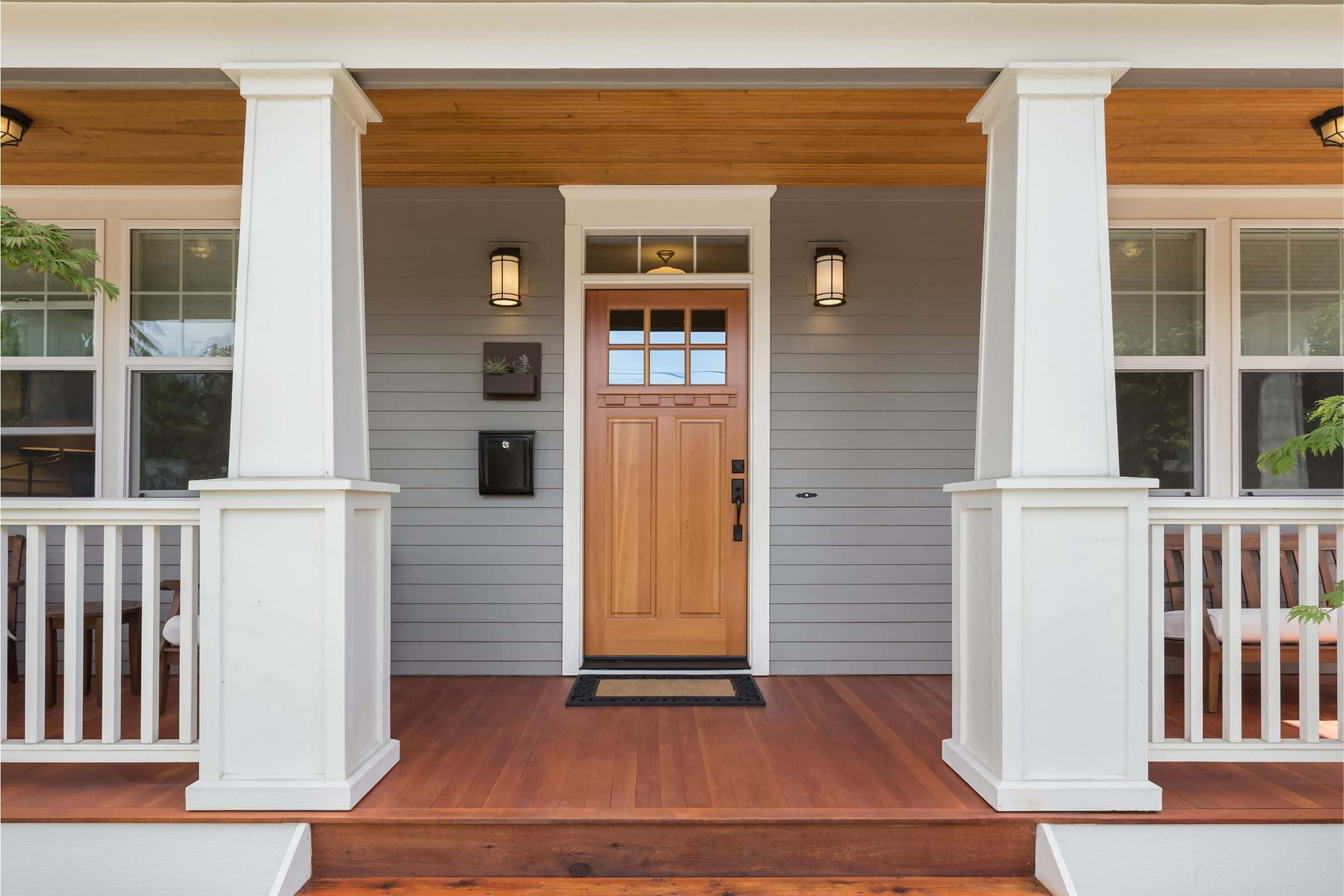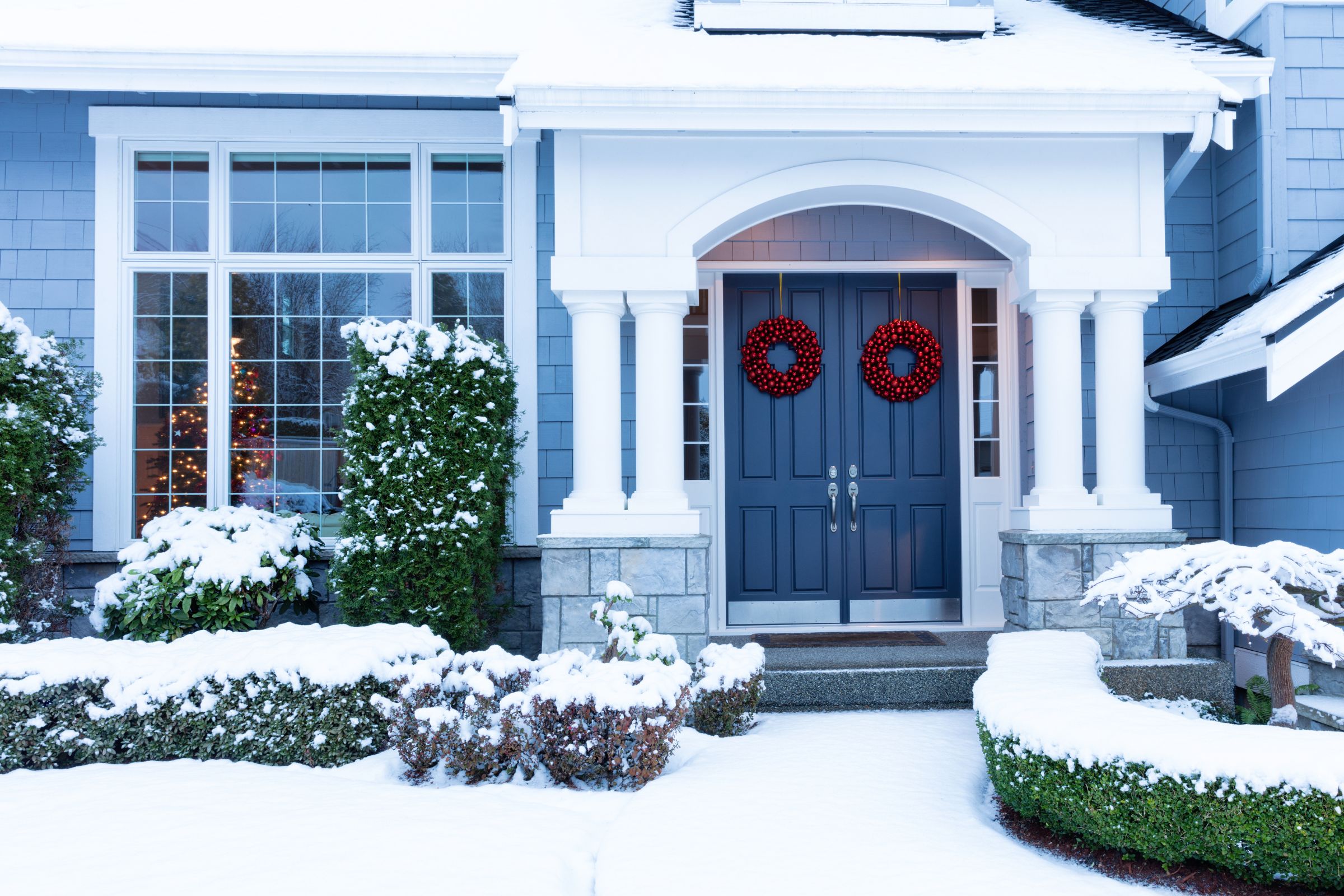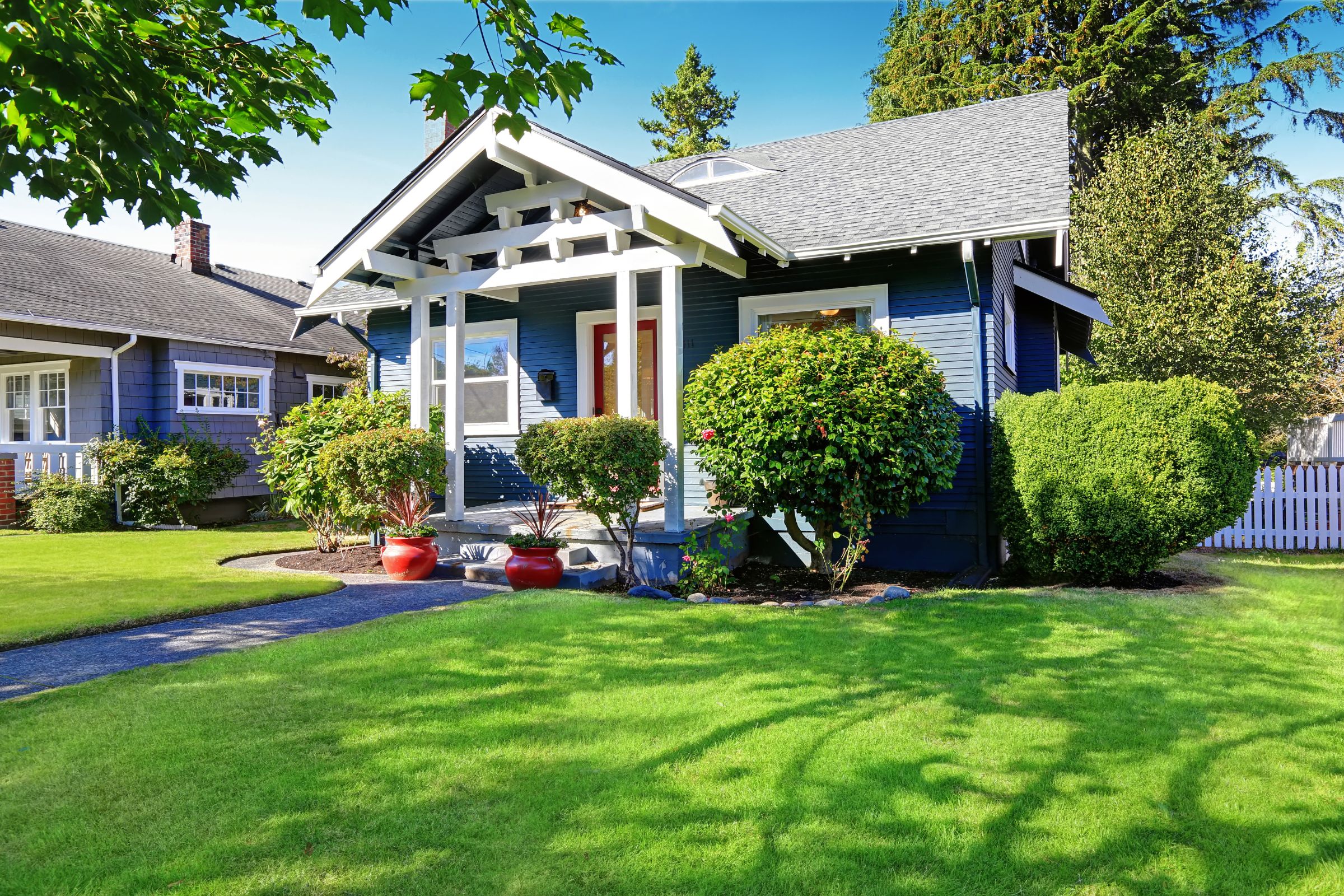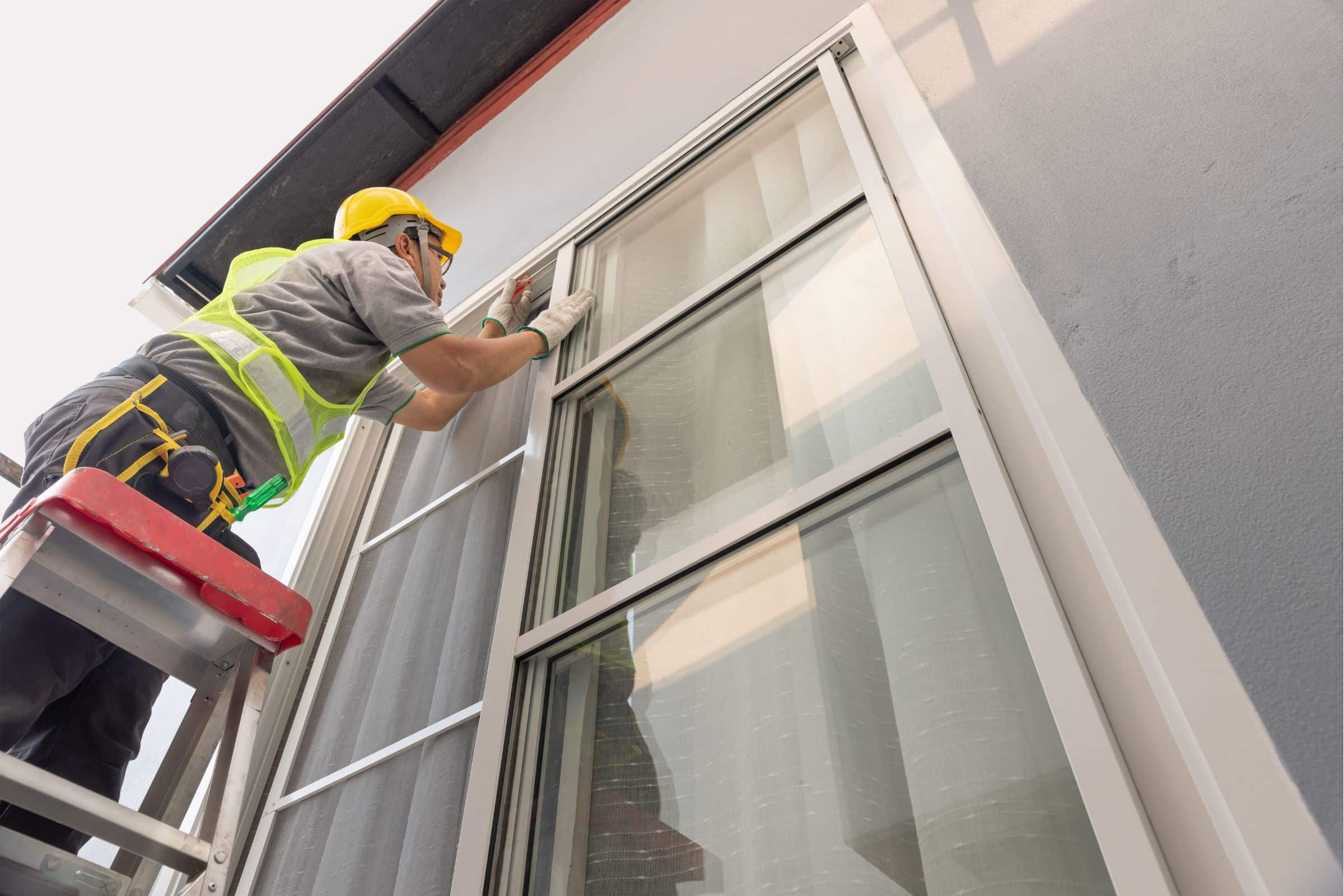
Is Your Front Door Outdated? Why It’s Time for a Replacement
When it comes to choosing a replacement front door for your home, there are several important factors to consider. From the style and material of the door to its durability and energy efficiency, selecting the right replacement door is essential for enhancing the security, aesthetic appeal, and functionality of your home. With various options available on the market, it’s crucial to make an informed decision that suits your needs and budget.
Advantages of Replacing Your Old Front Door
Replacing your old front door offers many advantages that can greatly benefit your home. One of the most significant advantages is the potential for a higher return on investment (ROI). A new front door can enhance the overall curb appeal of your home, making it more attractive to potential buyers and boosting its resale value.
In addition to improved aesthetics, a new front door can also provide increased security for your home. Modern doors are often equipped with advanced locking mechanisms and sturdy materials, offering better protection against intruders.
Another advantage of front door replacement is the potential for improved energy efficiency. Many newer doors are designed with better insulation and weather-stripping, which can help reduce energy loss and lower your heating and cooling costs.
Different Types of Doors Available
Front doors: Typically made of wood, steel, or fiberglass, front doors are the main entrance to a home. They come in various designs and styles, providing security, insulation, and aesthetics.
Screen doors: These doors are designed to allow fresh air and light into the home while keeping insects out. They are commonly installed in front of main doors and are often made of aluminum or vinyl with a mesh screen.
Storm doors: Installed in front of exterior doors, storm doors provide an extra layer of protection against harsh weather conditions, such as strong winds, rain, and snow. They can also improve energy efficiency by providing additional insulation.
Security doors: These doors are designed with strong materials like steel and reinforced locks to provide enhanced security against potential break-ins. They are commonly used as a front door or in high-risk areas.
Patio doors: Patio doors, including sliding glass doors and French doors, are designed to provide a seamless transition between indoor and outdoor living spaces. They offer natural light, ventilation, and easy access to outdoor areas.
Each type of door serves a specific purpose and offers unique benefits to homeowners, catering to different functional and aesthetic needs.
Energy Efficiency of Newer Entrance Doors
Newer entrance doors are designed with energy efficiency in mind, using materials such as wood, fiberglass, and metal to provide excellent insulation and minimize heat transfer. Wood doors offer natural insulation, while fiberglass and metal doors often feature thermal breaks and foam cores for added energy efficiency. Additionally, these doors are equipped with weather stripping to prevent air leakage and retain indoor temperature.
Energy Star certification is crucial for maximizing energy savings and year-round comfort. ENERGY STAR rated doors meet strict energy efficiency guidelines set by the Environmental Protection Agency, ensuring significant savings on energy bills and reducing carbon emissions.
Key factors to consider when choosing an energy-efficient entrance door include minimizing gaps and glass to prevent heat loss, as well as selecting a well-made model with high-quality insulation and weather sealing. By prioritizing these factors, homeowners can enjoy a comfortable and energy-efficient living space.



